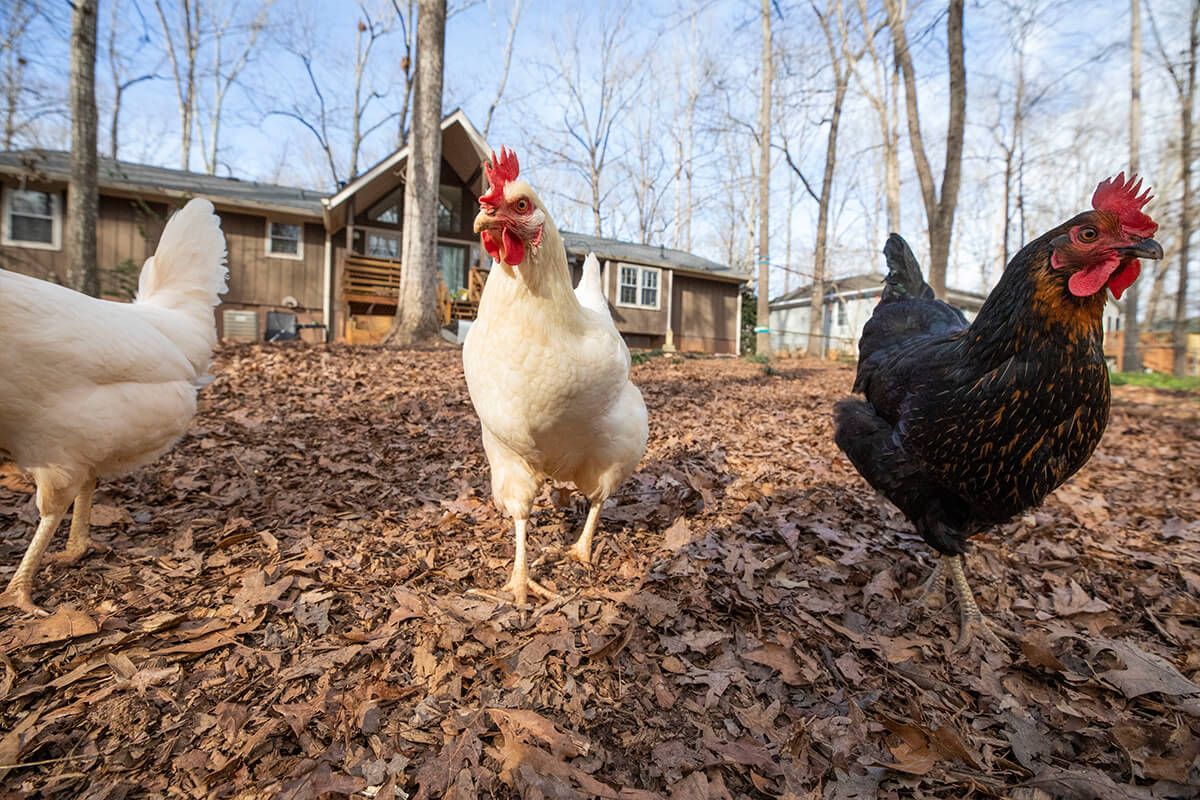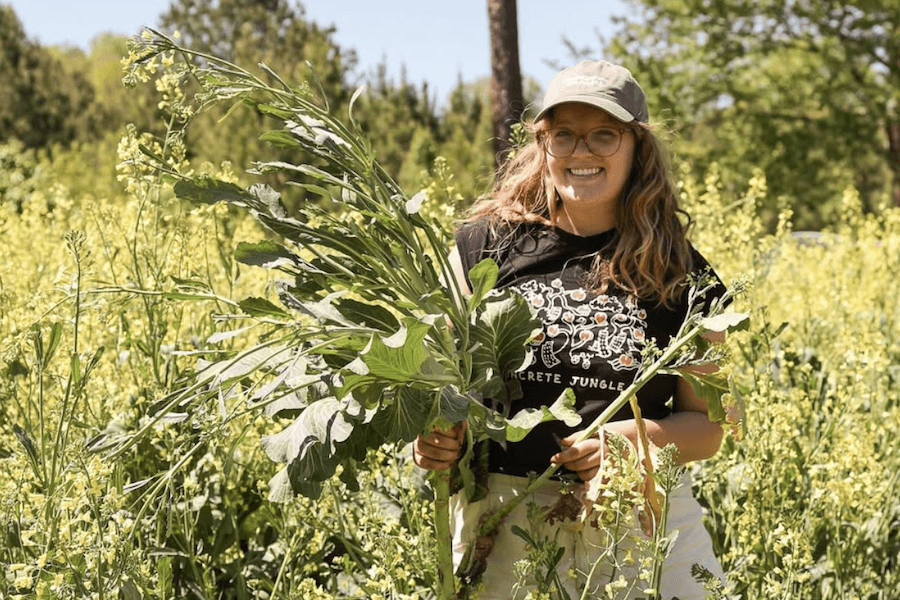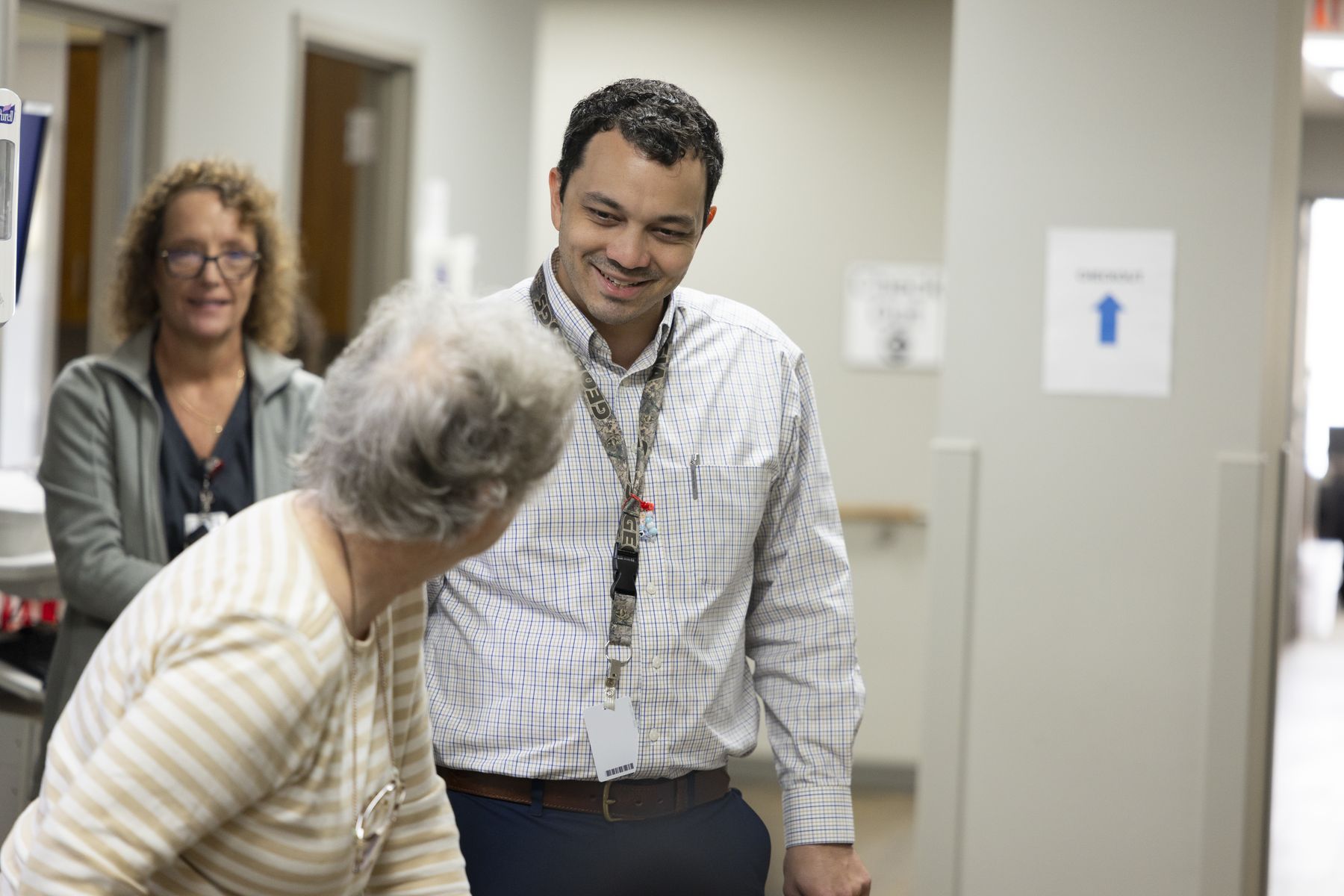.jpg)
According to the Centers for Disease Control and Prevention, new outbreaks of avian influenza (flu) have been detected in U.S. aquatic birds, commercial poultry and backyard flocks since January. Although avian influenza is not a threat to human health or food safety in Georgia, avian flu presents a risk to all poultry operations, from hobbyist flocks to the state's $22.8 billion commercial industry.
The key to preventing the spread of the disease is biosecurity.
Often heard but frequently misunderstood, biosecurity refers a set practices that all poultry owners should know and implement to protect their poultry flocks from disease.
Birds that are raised under pastured or free-range management systems need added attention due to birds’ increased exposure to environmental disease sources. Symptoms of avian flu can be found at preventai.uga.edu.
What is biosecurity?
Biosecurity is the practice of minimizing the spread of disease into a flock of birds or, in the event of disease occurrence, preventing the spread of disease-causing organisms off the premises. This is accomplished through practical, common-sense prevention measures.
Common routes of infection
- Exposure to diseased birds, either wild or from purchased stocks of questionable origin
- Introduction of healthy birds who have recovered from disease but are now pathogen carriers
- Shoes and clothing of visitors or caretakers who have been in contact with other birds
- Use of borrowed equipment that is contaminated with disease organisms
- Rodents, insects and free-flying birds gaining access to feed sources
Of all the possible breakdowns in biosecurity, the introduction of new birds into an existing flock and contaminated foot traffic pose the greatest risks to bird health. Properly managing these two factors should be a top priority for poultry owners.
Know the warning signs of avian flu

Early detection is important to prevent the spread of disease. Look for changes in eating, drinking, behavioral habits, and for signs and sounds of respiratory distress.
- Sudden increase in bird deaths
- Sneezing, coughing and nasal discharge
- Lack of energy and poor appetite
- A drop in egg production or an increase in soft- or thin-shelled eggs
- Swelling around the eyes, neck and head
- Purple discoloration of the wattles, combs and legs
- Tremors, drooping wings or twisting of the head and neck
Disease prevention practices
Because of the destructive potential that a contagious poultry disease could have on the commercial industry and small flocks alike, poultry owners are encouraged to adopt the following:
- Prevent wild birds, particularly waterfowl, from mingling with the flock. This may require penning poultry during times of heightened concern for the spread of avian influenza.
- Avoid contact with other birds and flocks, particularly birds with questionable origin, such as auctions and live bird markets.
- Purchase new stock from reputable dealers, preferably those that participate in the National Poultry Improvement Plan. New birds represent a greater risk to biosecurity because their disease status is often unknown. These birds may have an infection or become susceptible to an infection that is already present in birds that appear healthy in the existing flock.
- Quarantine all new birds away from the existing flock for at least three weeks. This will help identify birds recently exposed to disease, although it will not identify those that have previously been sick and have recovered and continue to shed pathogens. Sick birds that survive such viral disease become carriers of the virus and can infect unexposed birds.
- Wear dedicated footwear that can be sanitized after every visit when attending to birds. Disinfectant footbaths may help to decrease the dose of organisms on footwear that can be tracked into poultry enclosures.
- Do not share equipment, tools or poultry supplies with neighbors or other bird owners. If you do bring these items home, clean and disinfect them before they reach your birds.
If your birds are sick or dying, call your local University of Georgia Cooperative Extension office or the Georgia Poultry Laboratory Network located in Gainesville. Experts in these offices can use a disease diagnostic questionnaire to help identify the severity and level of concern over the symptoms your birds are experiencing.
During this time of heightened concern over the threat of avian influenza, vigilance is warranted for backyard poultry keepers and commercial growers alike. To report a case or ask questions, contact the avian influenza hotline at the Georgia Department of Agriculture by calling 770-766-6850.
For more on avian influenza, visit preventai.uga.edu.






